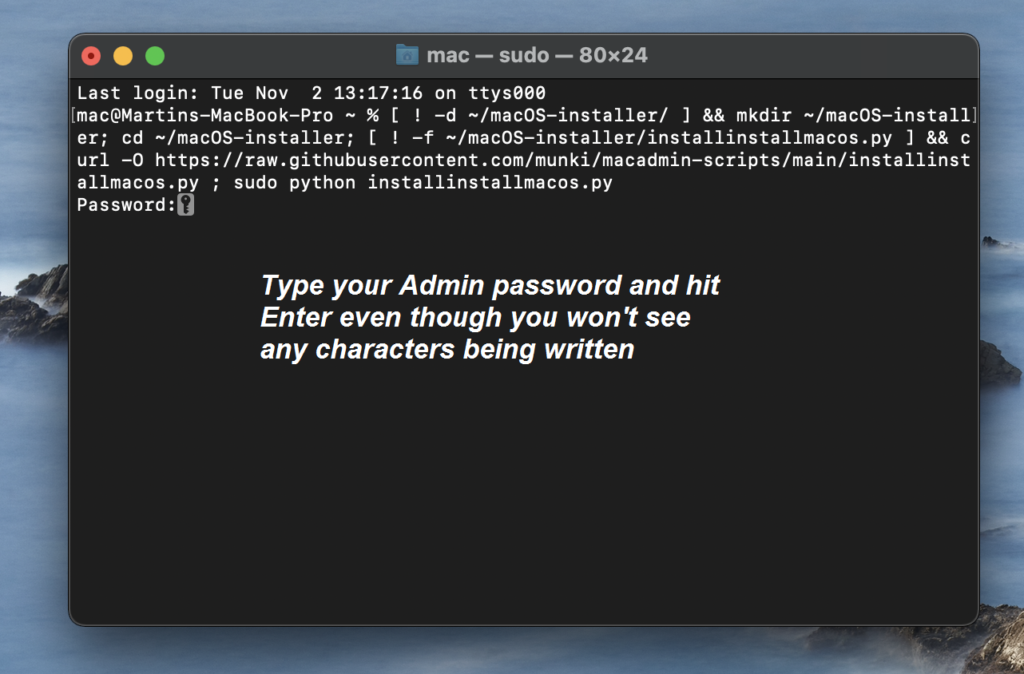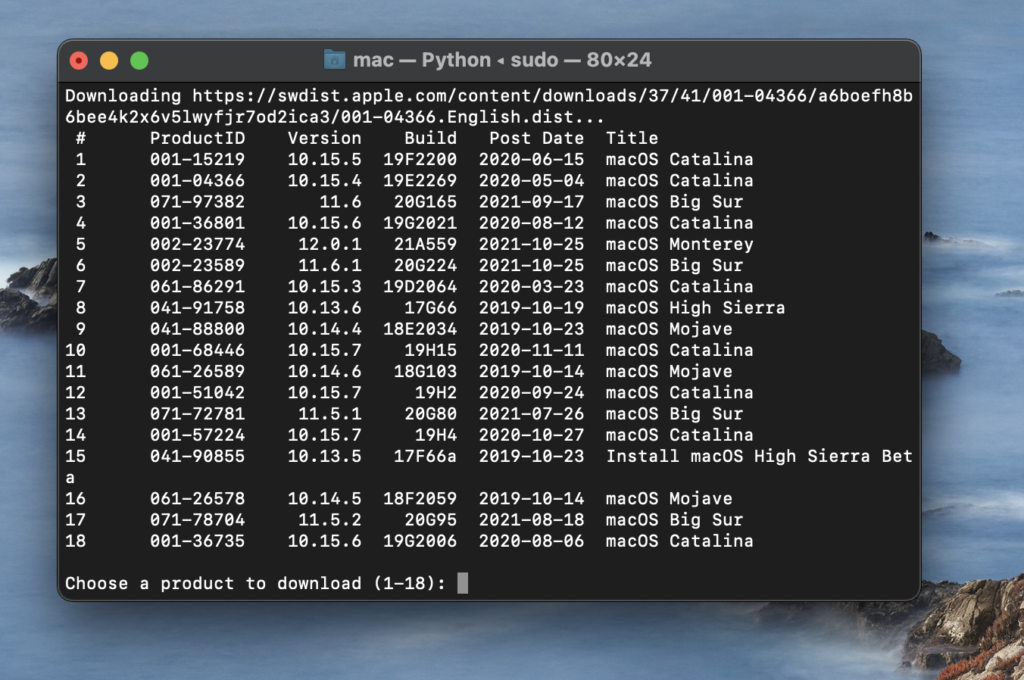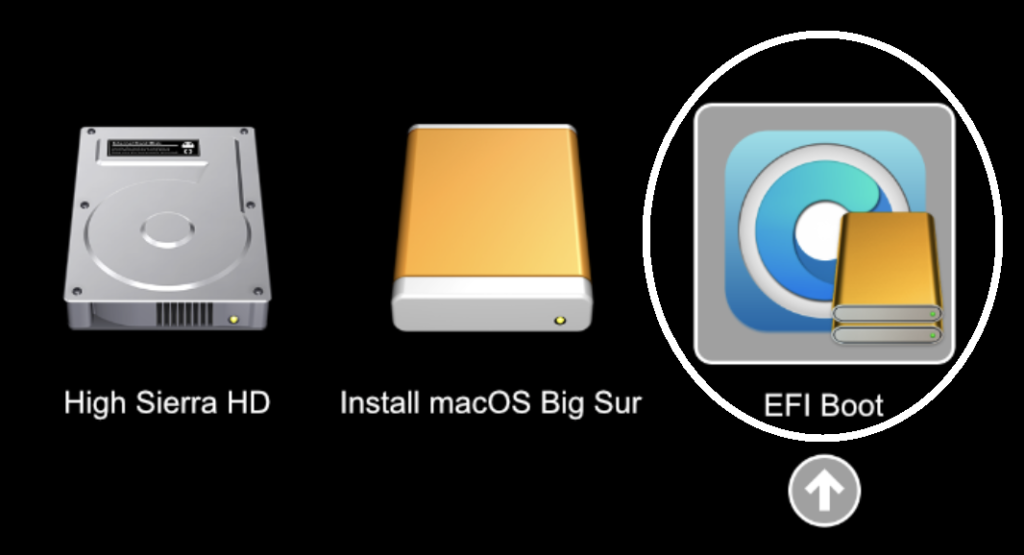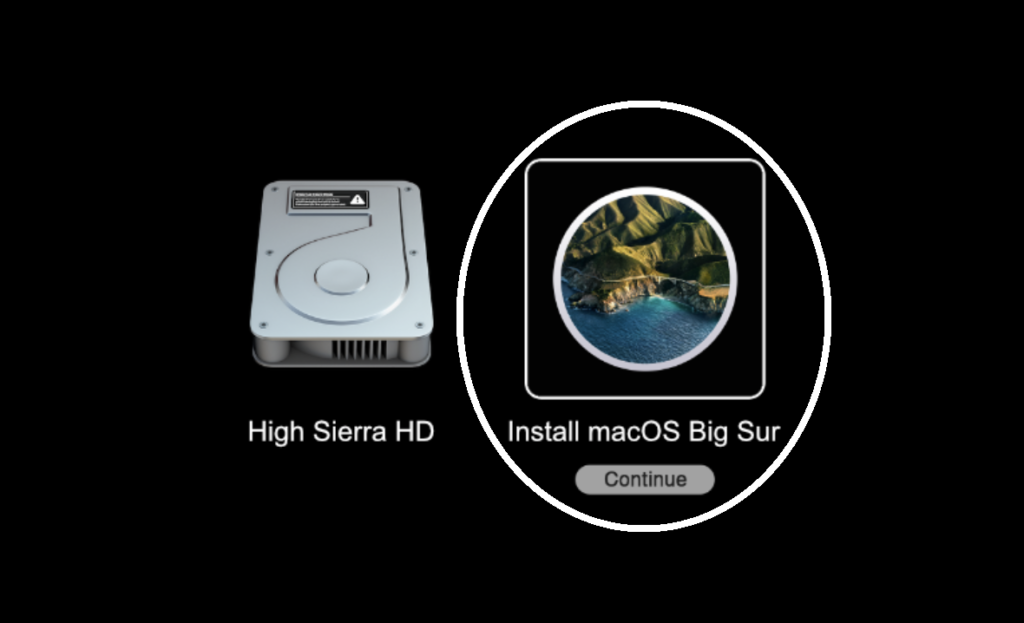OpenCore is the most useful tool that helps users to use macOS operating system on unsupportable hardware, and this package utility Legacy Patcher is a tool that use for PC users and owners of older Mac models to install newer macOS versions on their machines.
OpenCore Legacy Patcher
With the release of macOS Monterey, eight more Mac models joined the list of Apple machines that are no longer supported and that cannot use the latest OS X version. This, in turn, adds those models to the list of Macs that receive OpenCore Legacy Patcher support, so if you own a Mac that belongs to that list, you can use OpenCore to install on it Monterey, even though this OS release doesn’t officially have support for your Mac. Here is the list of models that Apple has dropped with the release of Monterey:
- iMac14,4
- iMac15,1
- MacBook8,1
- MacBookAir6,1
- MacBookAir6,2
- MacBookPro11,1
- MacBookPro11,2
- MacBookPro11,3
Finally, note that you will need an empty USB device with at least 16 GB of storage space, as well as at least 30 GB of free storage space (preferably more) on your Mac.
Now that we’ve got all of this out of the way, here’s how to install the macOS version you prefer on your older Intel-based Mac:
- First, you need to download the macOS version that you want. To do this, first open Spotlight, type Terminal, and hit Enter to open the Terminal tool. You can also find the Terminal tool in your Utilities folder and start it from there.
- Next, copy the following command, paste it in the Terminal window, and hit Enter.
- [ ! -d ~/macOS-installer/ ] && mkdir ~/macOS-installer; cd ~/macOS-installer; [ ! -f ~/macOS-installer/installinstallmacos.py ] && curl -O https://raw.githubusercontent.com/munki/macadmin-scripts/main/installinstallmacos.py ; sudo python installinstallmacos.py
- You will likely see “Password” written in the Terminal followed by a padlock icon – if this appears in the Terminal, type your Admin password. It will seem as if you aren’t writing anything because no symbols will appear in the Terminal, but this is done to protect your password, and even though you don’t see anything being written, you are, in fact, entering your password. Once you type it, press Enter again and the command will be executed.


Once the command is executed, you will see a list of all the available macOS versions that you can download – select the one you prefer by typing its number in the terminal and pressing Enter. This will start the downloading process of the selected macOS version installer – this will take a while since the installer is over 12 GB in size. The installer will be downloaded to your ~/macOS-Installer/ folder.

Next, you must use the Disk Utility tool of your Mac to format the USB device that you will be using for the macOS installation. You must use the macOS Extended (Journaled) format and the GUID Partition Map scheme. Also, you must give the USB device the MyVolume name.
After dropping Intel processor Apple is now focusing on their M1 processor so older hardware is now relay on OpenCore Legacy patcher that helping to upgrade OS.

- Now you must use the following command in Terminal to make the bootable USB:
- sudo /Applications/Install\ macOS\ Big\ Sur.app/Contents/Resources/createinstallmedia –volume /Volumes/MyVolume
- After that, you must download the latest OpenCore Legacy Patcher version from this page.
- Open the OpenCore-Patcher.app that you downloaded, type “1” to select the first command (Build OpenCore), and press Enter.
- After the process finishes, press Enter again and then execute this command:Install OpenCore to USB/internal drive
- Next, select the disk and partition where you want to install OpenCore. When choosing a partition, select a FAT32/EFI partition.
- Finally, restart your Mac and as soon as it shuts down and starts to boot up, press and hold Option and you will get to the Mac Boot Picker screen.
- On that screen, select the EFI Boot option and then, on the next screen, select Install macOS *name of specific macOS version*.
- After that, the only thing left to do is perform the installation by following the usual prompts for installing macOS.

